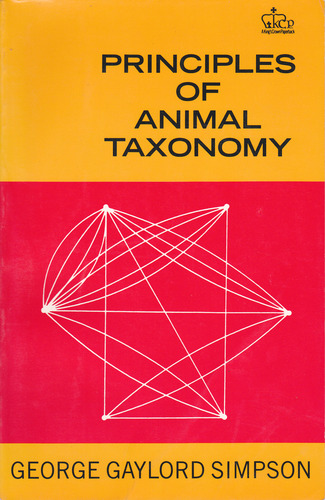Principles of animal taxonomy book download
Par cruz maurice le jeudi, juillet 7 2016, 22:52 - Lien permanent
Principles of animal taxonomy. George Gaylord Simpson

Principles.of.animal.taxonomy.pdf
ISBN: 023109650X,9780231096508 | 131 pages | 4 Mb

Principles of animal taxonomy George Gaylord Simpson
Publisher: Columbia University Press
That new glow-in-the-dark cockroach isn't only the scariest bug you've ever seen. Portrait of adult male Cercopithecus lomamiensis. Conversely, protein electrophoresis is a rapid, economic, and straightforward technique and provides a more detailed representation of polymorphisms than morphological or cytological markers; thus, it is still widely used in elucidating the origin and classification of species [10]. We evaluated completeness, accuracy, and historical trend of the taxonomic knowledge on the myrmecophilous ground beetle tribe Paussini (Coleoptera, Carabidae, Paussinae). More Than Just Making Up Names for Animals: Why Taxonomy Matters. Species conservation and systematics: the dilemma of subspecies. The choice of the names by which we refer to the individual species, genera or families in the animal kingdom is ruled by a set of principles known as the International Code of Zoological Nomenclature[2] (hereafter, 'the Code'). Arthropods are the most diversified animal group [1, 2]. This is because introducing a new species name, or otherwise intervening on the use of the scientific names of animals, is not simply a way to translate into words the author's view on a particular problem of animal taxonomy. The following is a brief summary on the principles and advancements of primary genetic markers involved in assessments of Animal Genetic Resources (AnGR). Plant, animal and mineral systematics principles were stated by Karl Linney back in the 18th century. At all times, one of the key tasks of biology as a science was to establish the life form classification – systematics, taxonomy. Levels of structural organization; Outline classification of plants, animals and microorganisms; Principles and methods of Taxonomy.